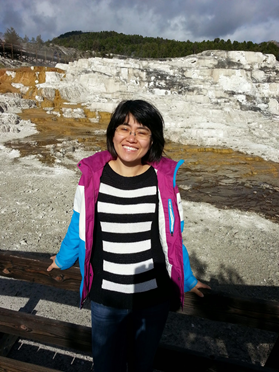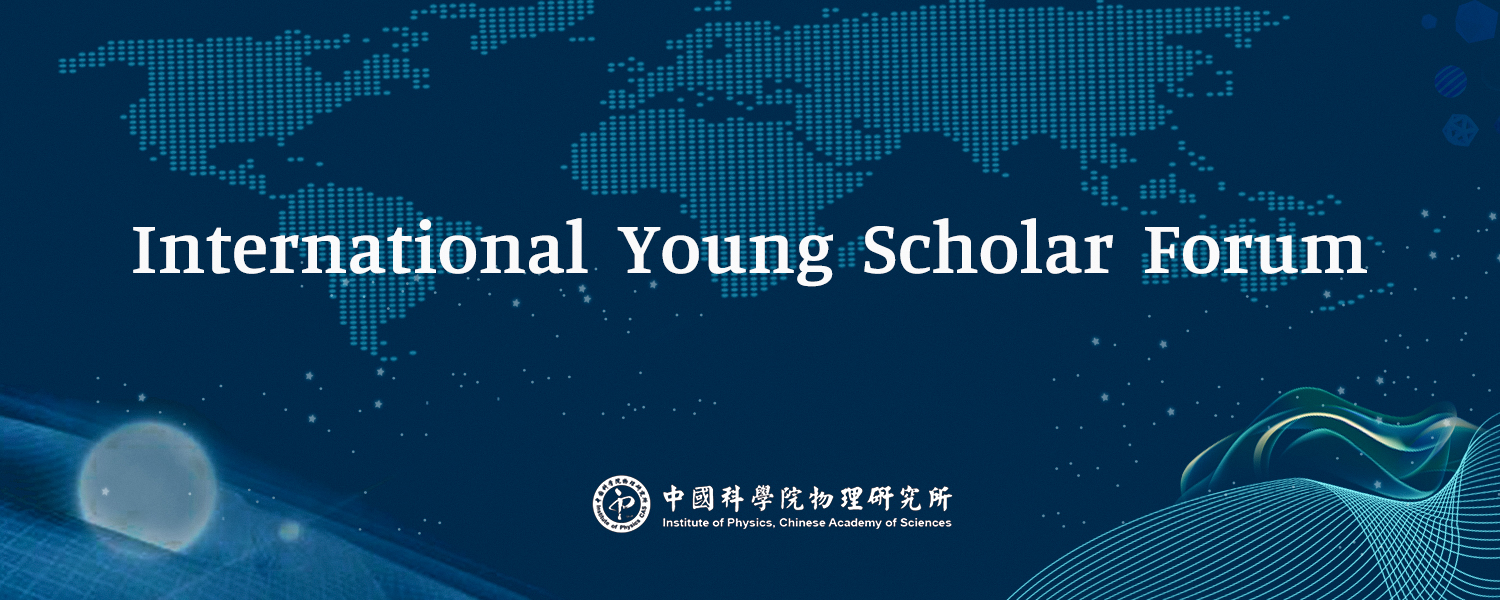
Time: 10:00 am, April 8th, 2021
Speaker: Prof. Cheng Cen, West Virginia University
Abstract:
It is often said that “the interface is the device”. Nowhere is this more evident than in low dimensional quantum materials, whose properties can be most meaningfully discussed only when their interfaces are clearly defined. The designed material interfaces provide powerful handles to control the quantum phases via charge transfer doping, electron phonon coupling, and induced symmetry breaking. One such example is the heterostructure formed from monolayer FeSe and bulk SrTiO3, where the superconducting transition temperature in FeSe is significantly enhanced as comparing to its bulk form. In this heterostructure, we discovered a light-induced nonvolatile superconducting phase transition that can be attributed to a photoactivated metastable polar structural distortion uniquely enabled by the FeSe/SrTiO3 interface. Analogous interface-enabled quantum phase manipulations were found in other correlated oxide heterostructures as well, such as LaAlO3/SrTiO3 and VO2-based systems. Additionally, I will also discuss how interfaces between materials with distinct optical band topologies can give rise to topologically protected unidirectional interfacial plasmon waves. These studies showcase the power of interface engineering in the quantum age and reveal a unique venue for making next-generation active devices on-demand.
Reference:
[1] Yang, M. et.al., Nature Communications, 10, 85 (2019)
[2] Schrecongost, D. et.al., Nano Letters 20, 7760 (2020)
[3] Liang, Y. et.al., Optica, under review
[4] Dai, W. et.al., Nano Letters 19, 7149-7154 (2019)
[5] Cen, C. et.al. Science 323, 1026 (2009)
Brief CV of Prof. Cheng Cen:
Cheng Cen is currently an associate professor in the Department of Physics and Astronomy at West Virginia University. She received her Ph.D. in physics from University of Pittsburgh in 2010, and then worked in IBM Research until 2012. Her current research focuses on the nanoelectronic and nanophotonic properties of low-dimensional materials. She is a recipient of Career Awards from both US National Science Foundation and Department of Energy.
Click to view the recorded report video►http://as.iphy.ac.cn/video_detail.php?id=28595
